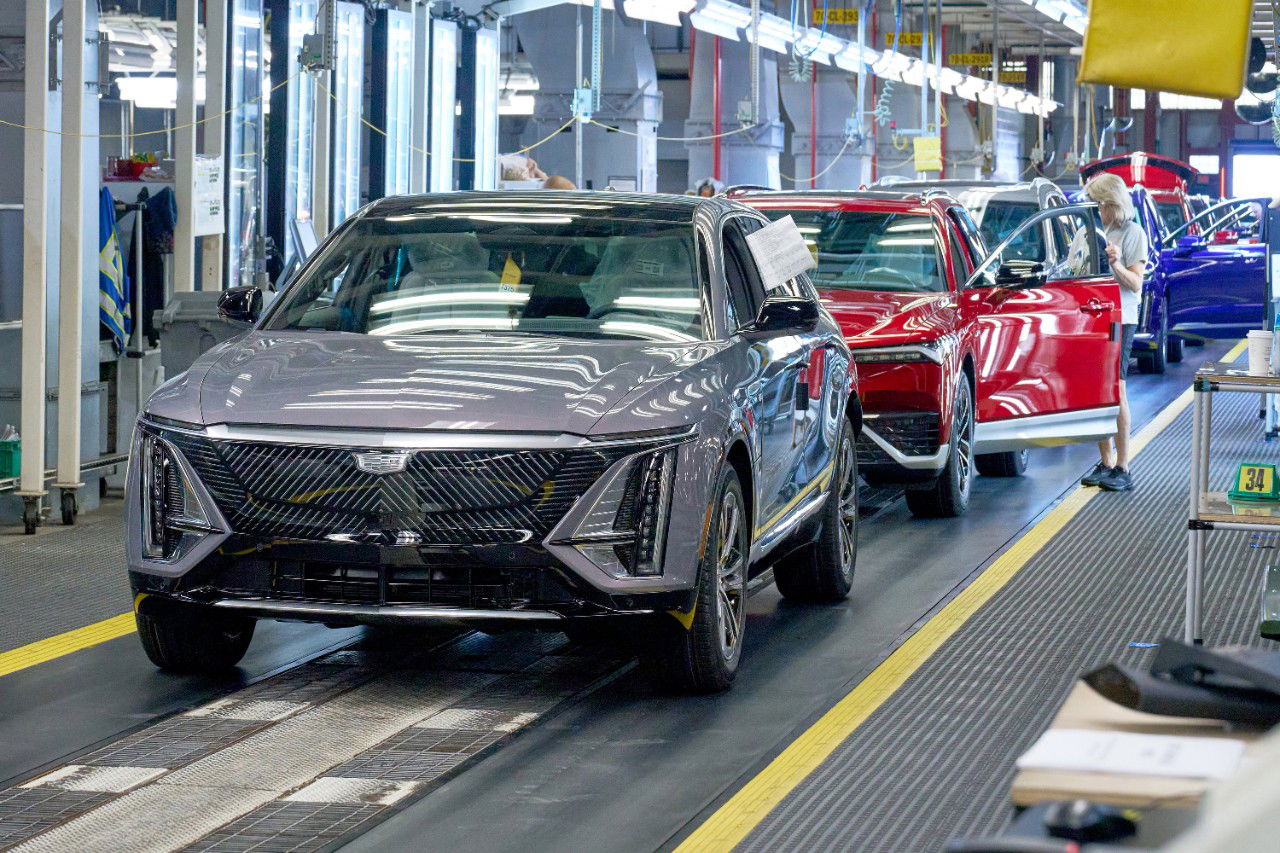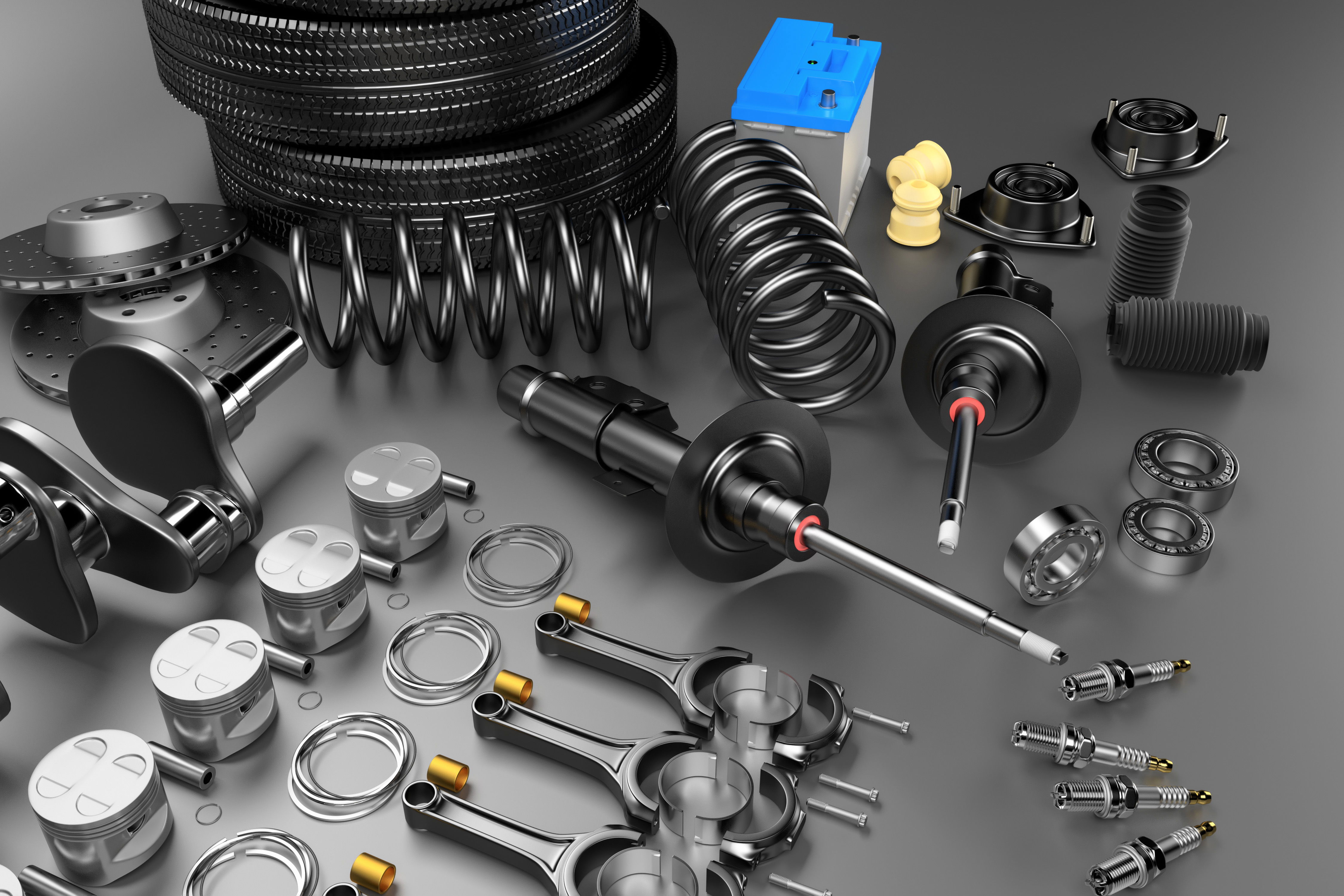GM Orders Suppliers to Purge China Sourcing by 2027, Citing Geopolitical Risks
Detroit — General Motors issued a sweeping directive to several thousand of its parts suppliers to eliminate components and materials sourced from China, according to people familiar with the matter. The move reflects deepening worries about geopolitical volatility and supply-chain fragility.
GM executives reportedly told suppliers to begin mapping out and substituting Chinese‐made parts — from raw materials to critical vehicle components — with alternatives elsewhere, partly to enhance what the company describes as “supply chain resiliency.”
Some suppliers were given a 2027 deadline to sever sourcing ties with Chinese manufacturers altogether, the people said. This timeline underscores the seriousness with which GM is treating what it sees as strategic risk.
A Shift Accelerated by Trade Tensions
Although GM began engaging with its suppliers on this initiative as early as late 2024, the push gained real urgency in 2025, as trade tensions between the U.S. and China escalated. The automaker’s internal conversations accelerated with fresh geopolitical pressure, intensifying concerns about tariffs, export controls, and supply disruptions.

One of the flash points was China’s tightening of export restrictions on rare-earth elements earlier this year. These materials are vital for electric-vehicle (EV) production, especially for magnets used in motors, sensors, and other high-tech components. The risk of bottlenecks has pushed GM — which already had been reducing its reliance on China for advanced battery materials and computer chips — to cast a wider net in its decoupling efforts.
The urgency also reflects broader anxiety in the auto industry. GM’s global purchasing chief, Shilpan Amin, told a conference recently that the company is moving away from simply sourcing from the lowest-cost countries. Instead, GM wants more control and visibility: “we know exactly what is coming from where,” he said.
GM’s directive is not only targeted at China; the company is also urging suppliers to move away from other countries that are under U.S. trade restrictions, including Russia and Venezuela. While China remains by far the biggest source of concern — in terms of volume and critical components — the broader policy reflects GM’s ambition to insulate itself from geopolitical risk wherever possible.
For its North American production, GM has made it clear that it prefers to source parts regionally. That means turning to plants in the U.S., Mexico, or Canada — or to other non-China, non-restricted countries.
Challenges for Suppliers: Not Easy, Not Cheap
Suppliers are reportedly scrambling in response to GM’s demand. But restructuring supply chains that have leaned on China for decades is no small feat. Some large parts makers say the effort is “a big lift” given how deeply integrated Chinese operations have become in traditional auto manufacturing.

Collin Shaw, head of MEMA (the Motor & Equipment Manufacturers Association), pointed out the scale of the challenge: “In some cases this has been 20 or 30 years in the making, and we’re trying to undo it in a few years.” For many component categories — lighting, electronics, tooling, and custom parts — China holds a dominant position because of its manufacturing scale, cost advantages, and well-developed ecosystems.
Rebuilding capacity elsewhere is costly. Suppliers may need to invest in new facilities, find new partners, or retool existing plants. In the short term, that could drive up component costs, introduce logistical complexities, and create potential gaps or delays in supply.
GM’s move underscores a strategic shift: the company is no longer just optimizing for cost but actively managing geopolitical risk. CEO Mary Barra has long emphasized supply-chain resilience, and in a recent earnings call, she reiterated that GM tries to source parts in the same country where it builds its cars — “when possible.”
This is not GM’s first foray into reducing dependence on China. The automaker has already made investments in U.S.-based rare-earth production and secured a lithium mine in Nevada for EV battery materials. The new directive, however, is broader: it encompasses every layer of the supply chain, not just high-tech or strategic materials.
GM sees the long-term payoff as worth the short-term pain. By building a more localized (or at least diversified) supply chain, GM hopes to reduce exposure to tariff shocks, export curbs, and geopolitical tit-for-tat.
Wider Implications: Signal to the Auto Industry

GM’s aggressive repositioning may set a precedent in the auto industry. Automakers globally are increasingly wary of overconcentration in any single country — especially China, which has become deeply embedded in the global automotive supply ecosystem.
Some industry observers interpret GM’s directive as part of a broader “de-risking” or even partial decoupling trend, driven by geopolitical tensions rather than purely economic logic. As governments around the world rethink trade policies and as companies evaluate national security risks, supply-chain resilience is becoming a top boardroom priority.
However, GM’s plan also carries risks. For suppliers, the cost of reconfiguring operations could squeeze margins. For GM, there is the risk that the transition could disrupt production or service fleets, especially if alternative sources are not fully ready. And for the broader auto ecosystem, rapid restructuring could lead to supply shocks, capacity mismatches, or higher costs for consumers.